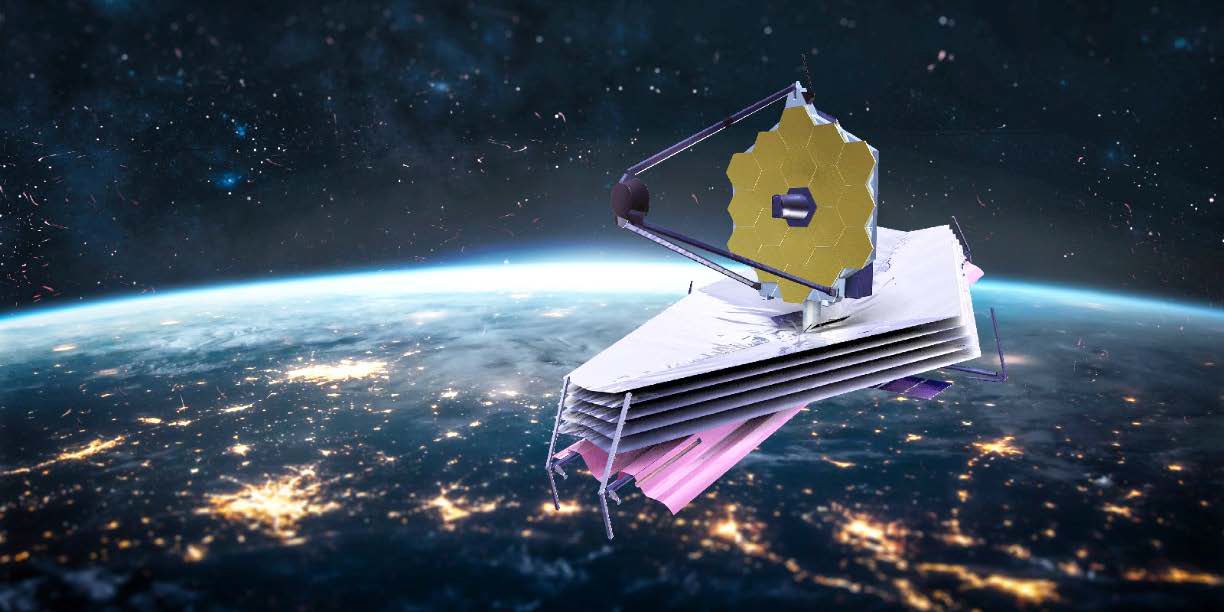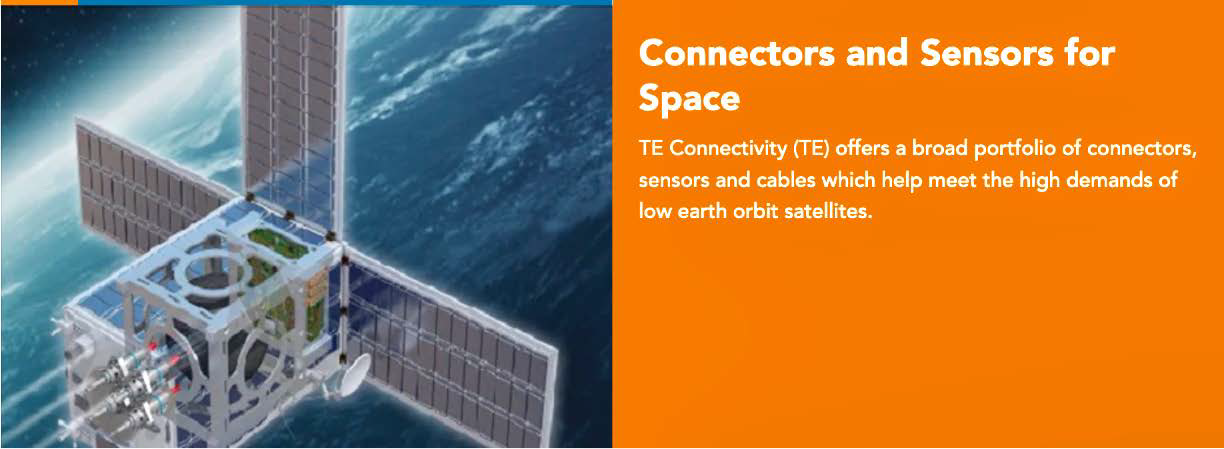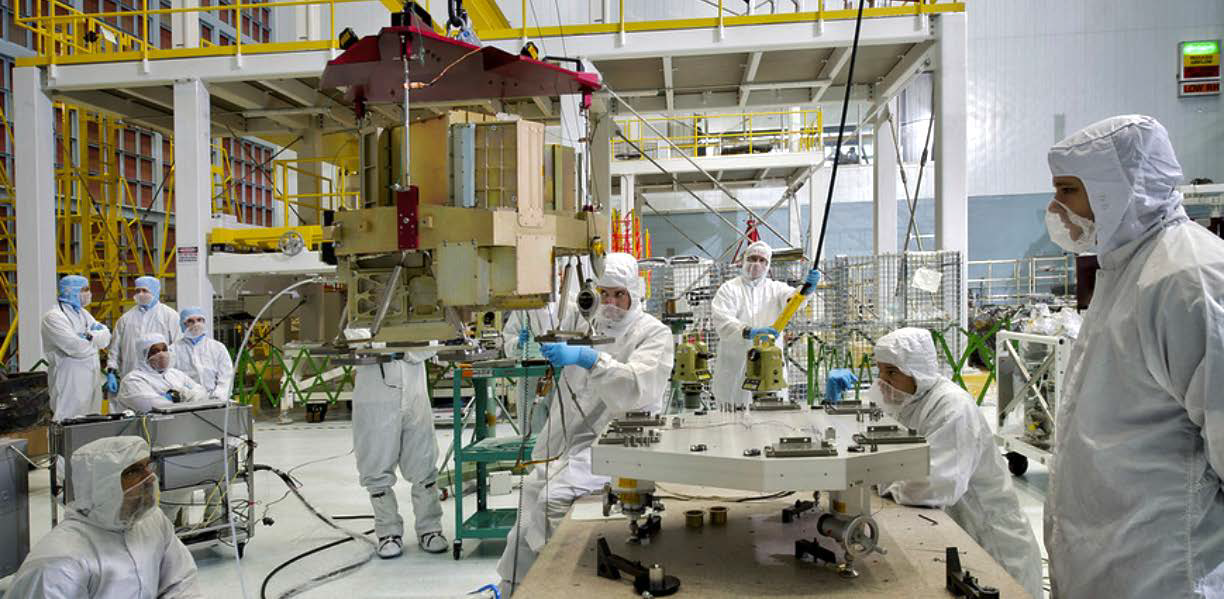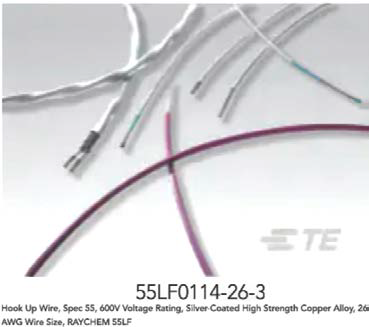The story of TE Connectivity (TE) and the James Webb telescope began with a chance encounter and will enable astronomers to capture science images like never before.

Unknown galaxies. New planets. Extraterrestrial life. Have you ever looked up at the sky on a clear night and wondered, “what is out there?” We may get an answer to this question sooner, rather than later.
The James Webb Space Telescope (Webb) began its official scientific mission on July 12th., when the first images were unveiled. Webb, which is an international collaboration between the NASA, the Canadian Space Agency (CSA) and the European Space Agency (ESA), is the most powerful space telescope ever built.
Using infrared light, the Webb telescope captures the clearest and highest resolution images of space that mankind has ever seen. Almost like a time machine, the telescope is capable of exploring distant galaxies — light years away — allowing us to see them as they were in the remote past and giving us new insight into how the universe began.

A Chance Encounter
More than 10 years ago, Guy Murphy, a field application engineer in TE’s aerospace, defense and marine business, flew to Halifax, Nova Scotia, in Canada, to talk to a customer about solutions for a helicopter project.
On his way to the hanger, he bumped into one of his contacts who mentioned he wanted to learn more about TE products for a space project.
The customer was leading a team of four engineers and six assemblers to develop the wiring and harnesses of Webb’s fine guidance sensor (FGS). This device plays a crucial role in precisely positioning and locking the telescope’s mirrors on distant targets to capture images during scientific observations.
At the time, Guy had no idea that this chance encounter would lead to TE’s contribution to one of the greatest scientific advancements of the 21st century.

The FGS/NIRISS at NASA Goddard before integration into the instrument module. Photo is courtesy of NASA.
High Stakes + Big Requirements
With an investment of 30 years and $10 billion, the James Webb telescope launched from Earth in December of 2021. The telescope spent the first month of its journey unfolding its iconic, 18 gold-plated beryllium mirrors and a sunshield the size of a tennis court. The one-of-a-kind science instrument reached Lagrange 2 (L2) on January 24, 2022, where it remains in orbit in our solar system.
Nearly a million miles from Earth, Webb is too far to repair. Failure of any of its components is not an option, making it necessary to select quality parts and subject them to rigorous testing in extreme conditions.
The telescope’s sophisticated mirrors and optical components require using materials free from contaminants and that prevent outgassing — a process that happens when a material releases gas that causes condensation and compromises operational performance.
Lastly, extremely low temperatures in space of 22 Kelvin (- 250 degrees C) required rigorous testing performance in rugged conditions.
No Substitute For Experience
The customer had used TE products in space applications for years, but wanted to explore the company’s broad portfolio to find a solution to meet these stringent requirements.

The customer landed on TE’s Raychem SPEC 55 military grade cable, fluoropolymer heat shrink tubing and solder sleeve devices for the connectivity components of the FGS.
Made from cross-linked ETFE polymers, the product is resistant to radiation encountered in outer space. It’s also similar to the Raychem 55A cable, which has been on the market for more than 60 years and is a highly reliable and durable product, widely used in aerospace applications.
Based on scientific testing, TE’s Raychem cables were selected to provide data and signal connectivity to assist with tracking and alignment of the FGS in order for the telescope to capture images.
“I have worked on aerospace applications over the years, but I quickly realized the Webb telescope was going to be a special project and knew the importance of getting it right,” said Guy. “It is thrilling to play a part in this monumental turning point in further discovery of the universe.”

A Small Celebration For Stellar Performance
The first test images from Webb were released in early May of 2022, revealing better-than-expected image quality, indicating that the telescope is functioning as intended.
Now, the world waits to usher in a new era of scientific discovery enabled by Webb, and the team at TE Connectivity is proud to tell its story about how the company is part of this mission-critical moment.
www.te.com

Matthew McAlonis
Matthew McAlonis is technical fellow and global leader of engineering for TE’s Aerospace Defense & Marine (AD&M) business unit. He is an innovator and engineering leader with more than 25 years of experience in supporting customers with connectivity solutions. His name is on 40+ U.S. patents, and he has published solutions. His name is on 40+ U.S. patents and has more than a dozen industry papers.

